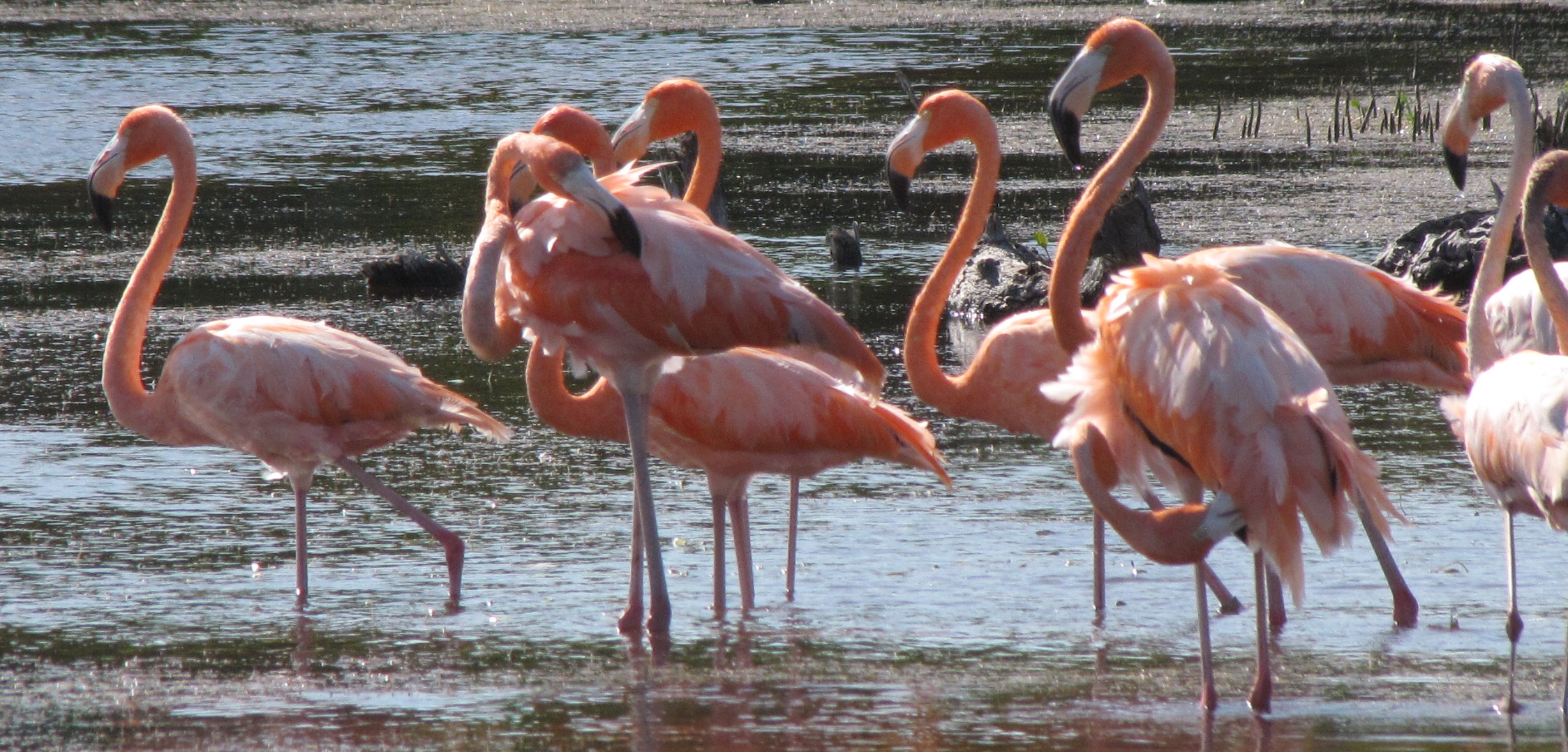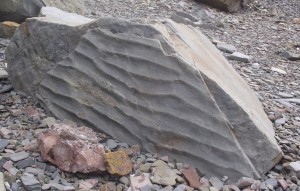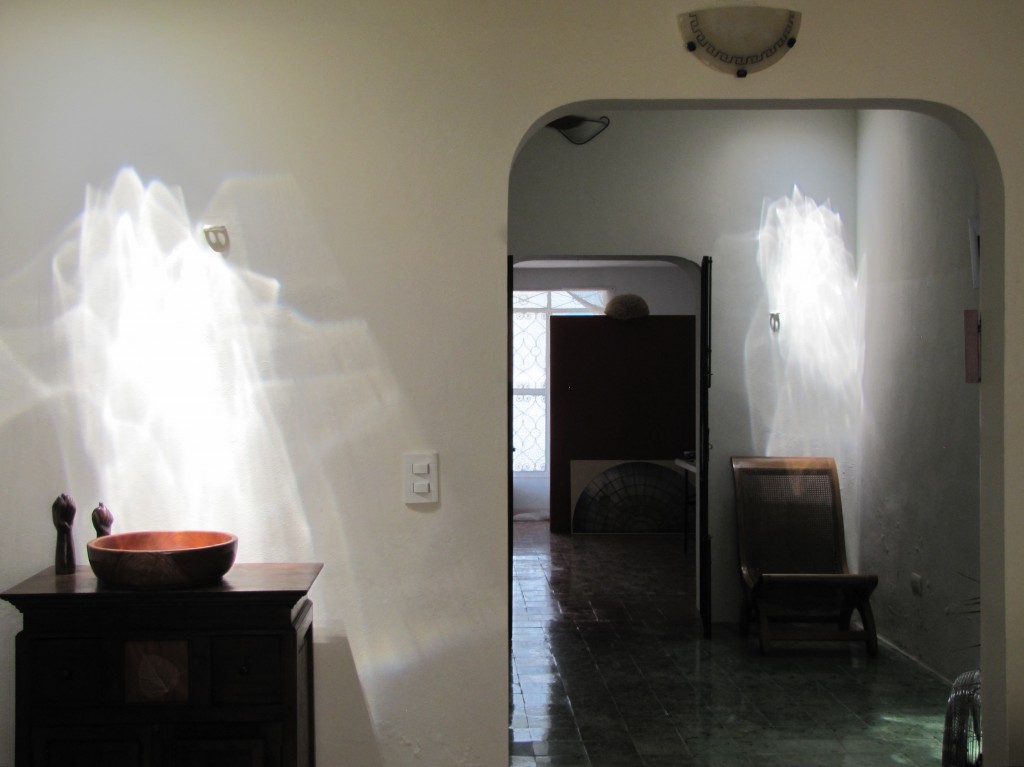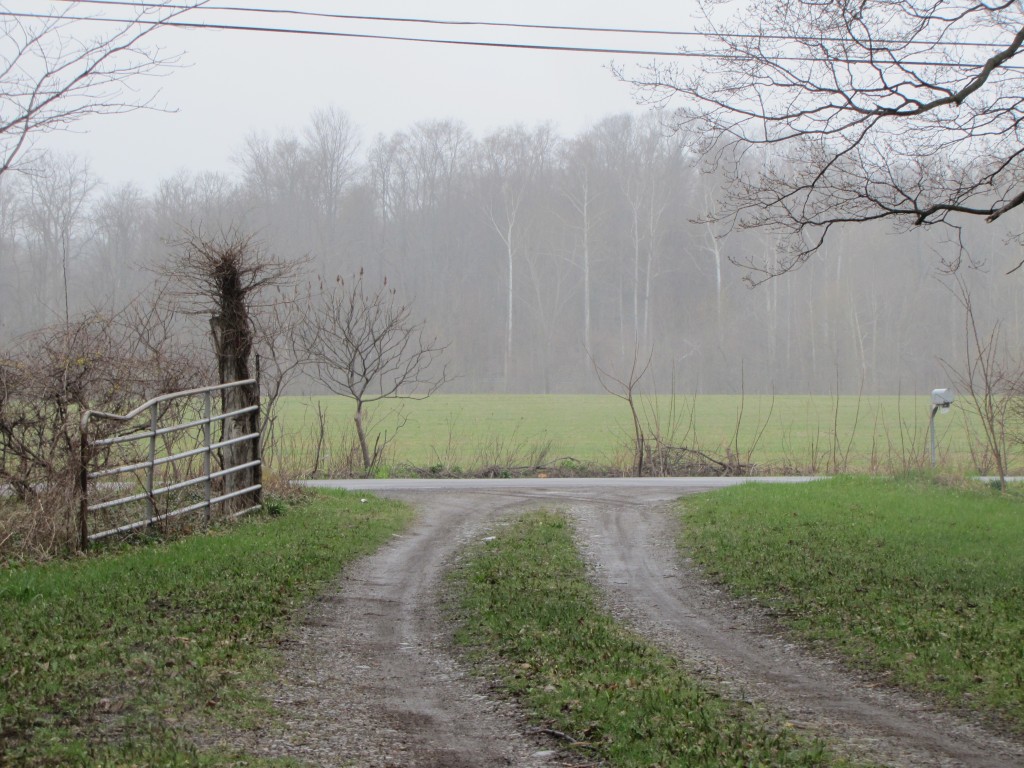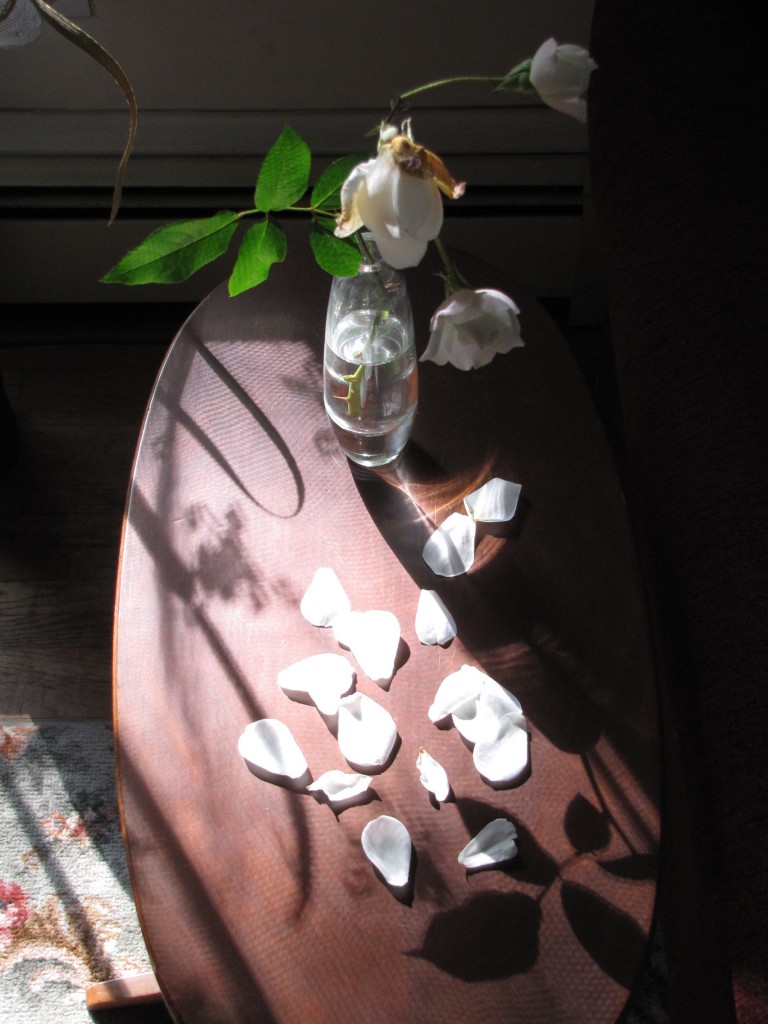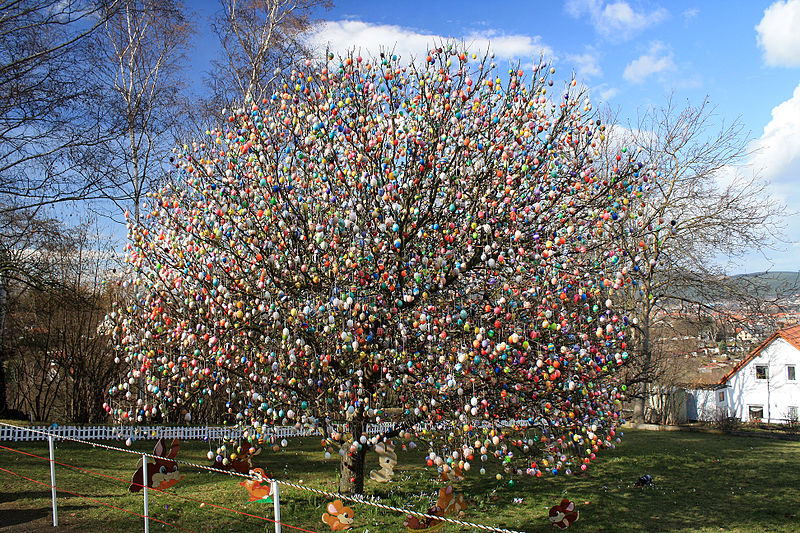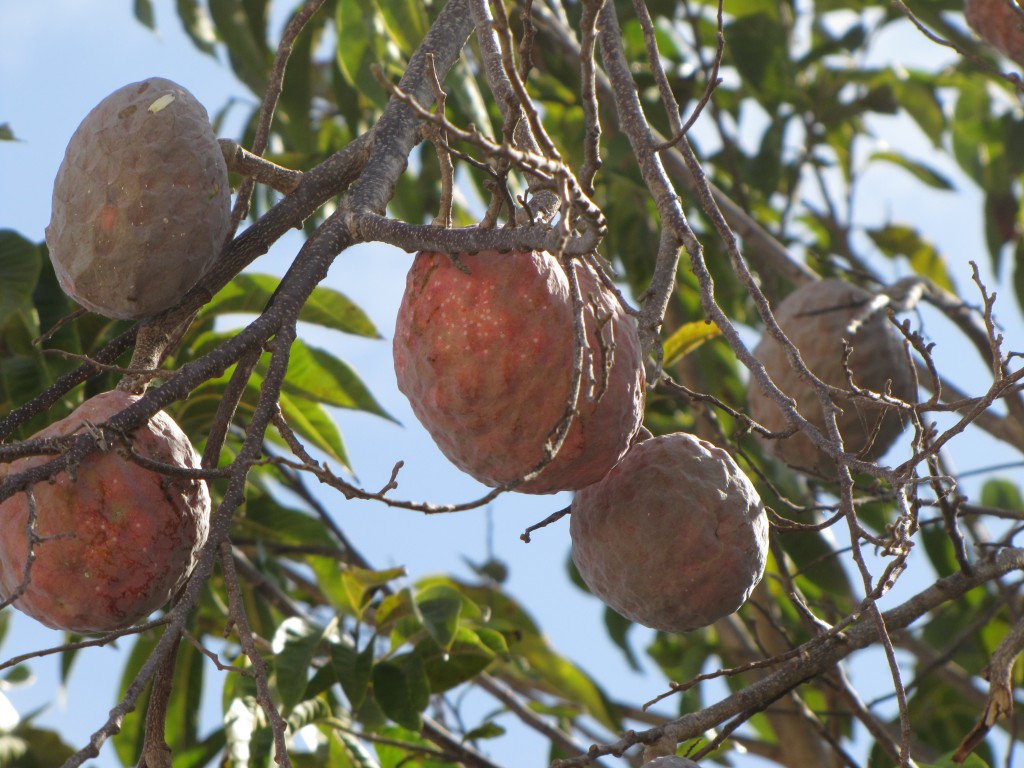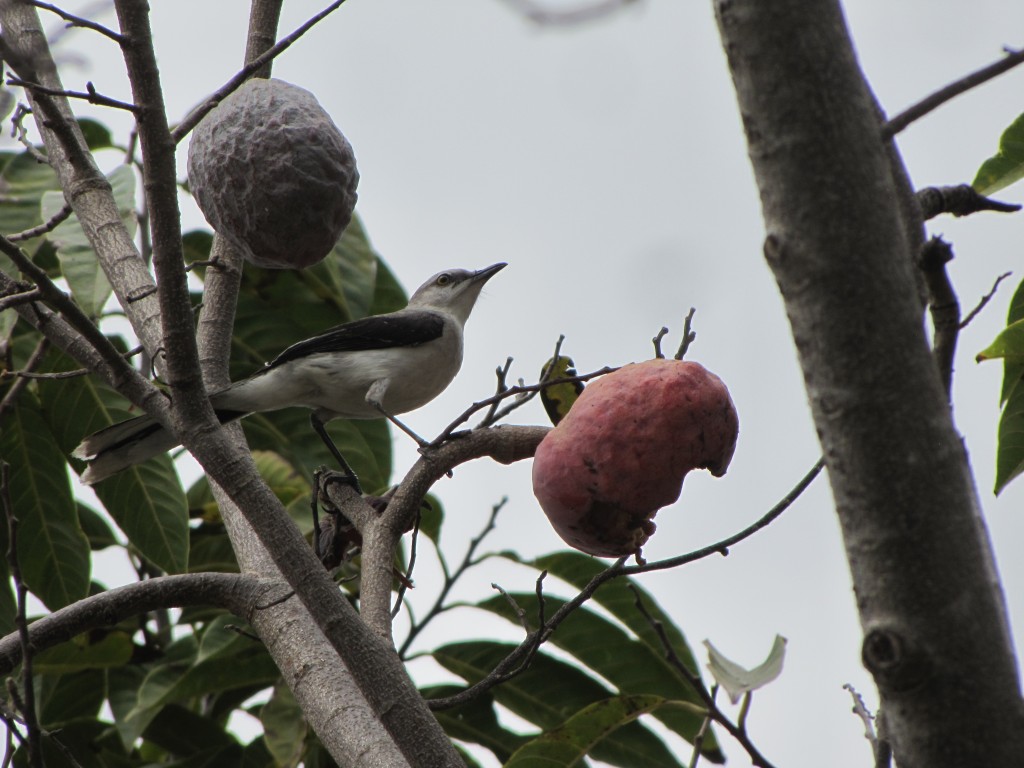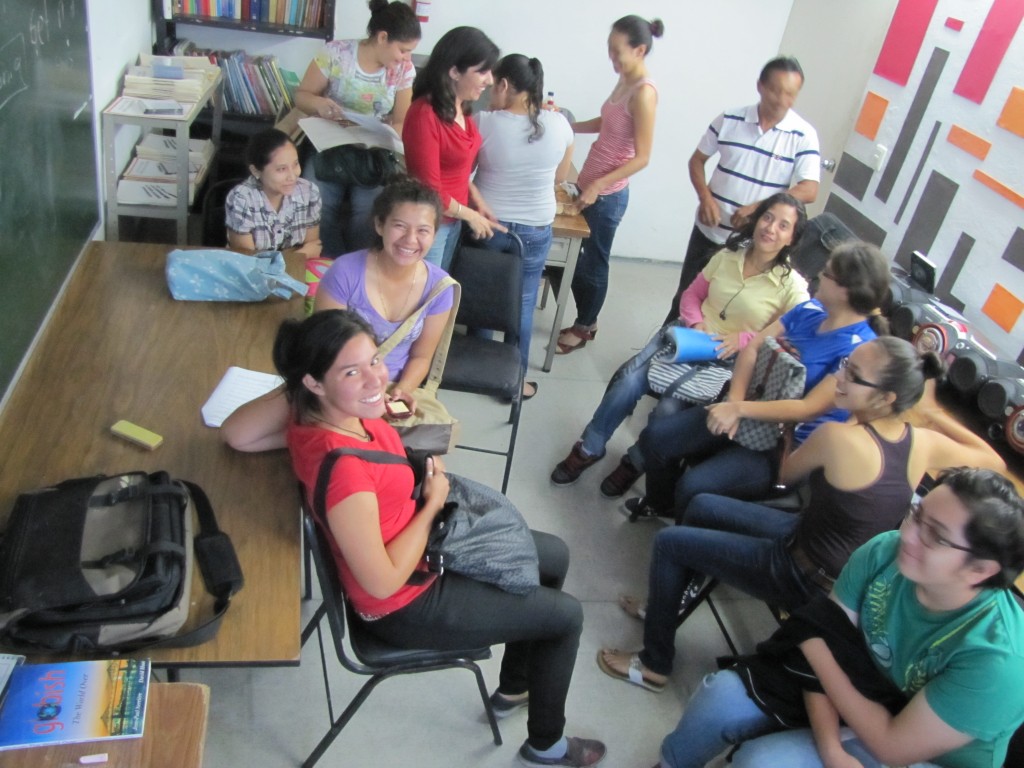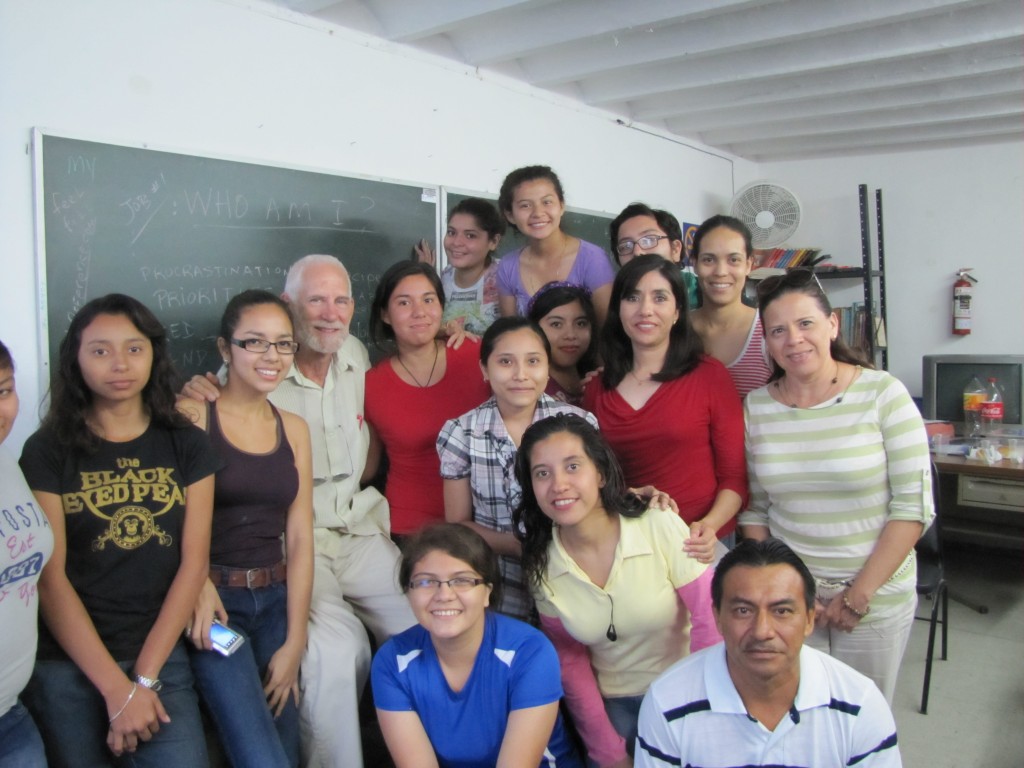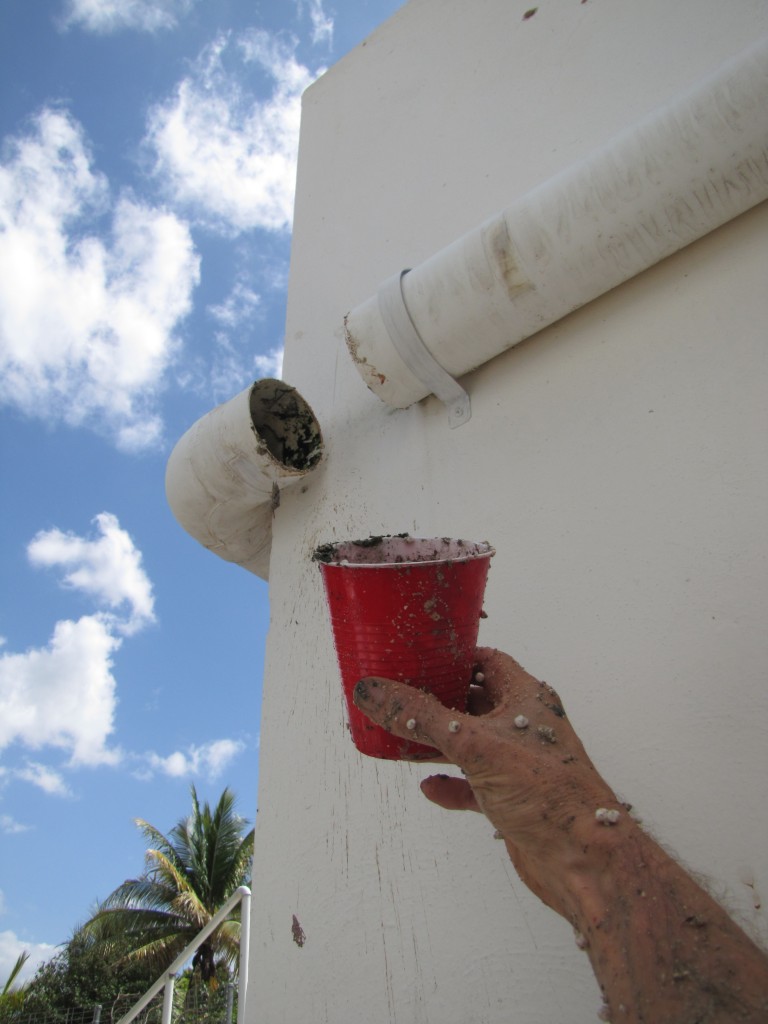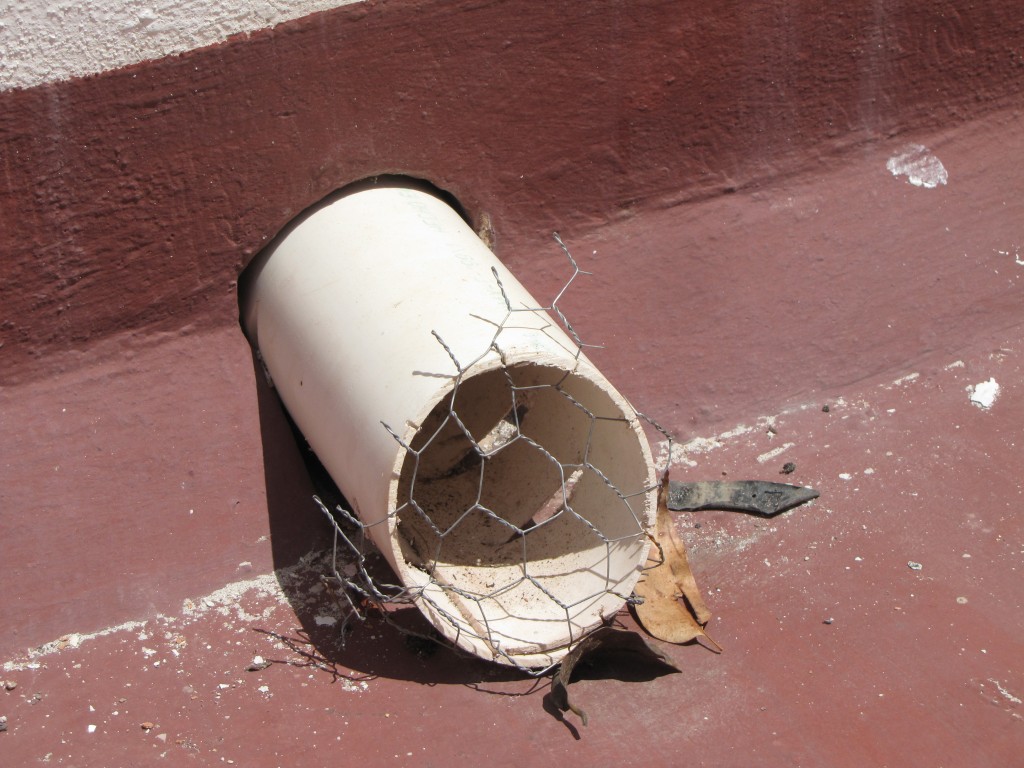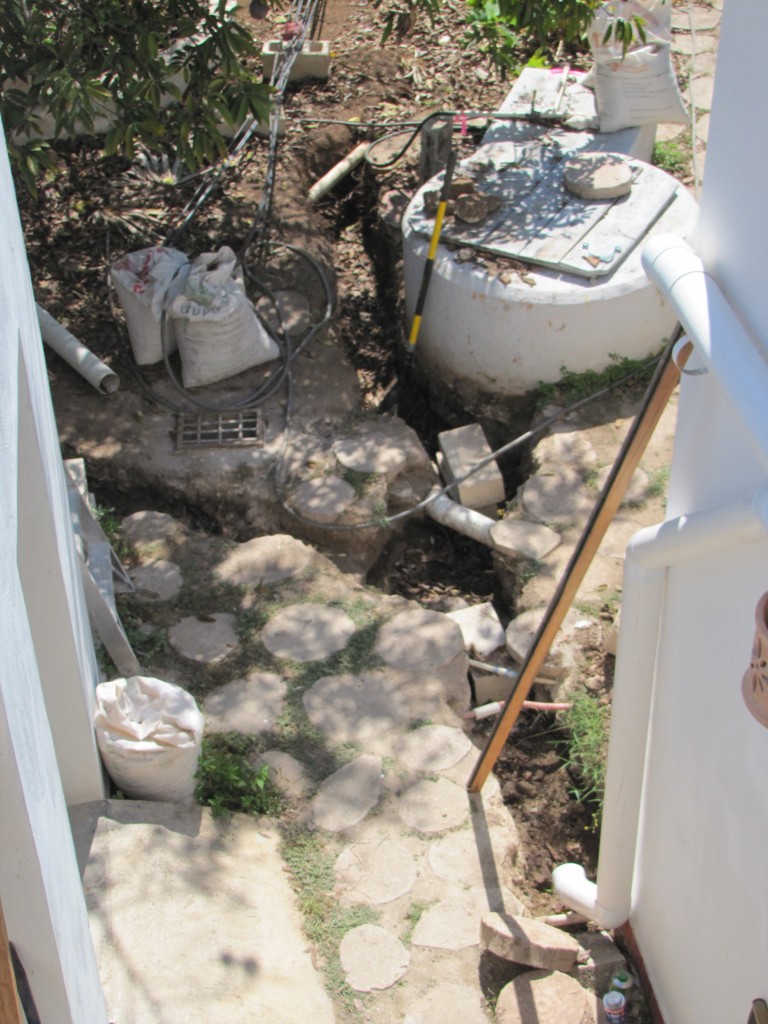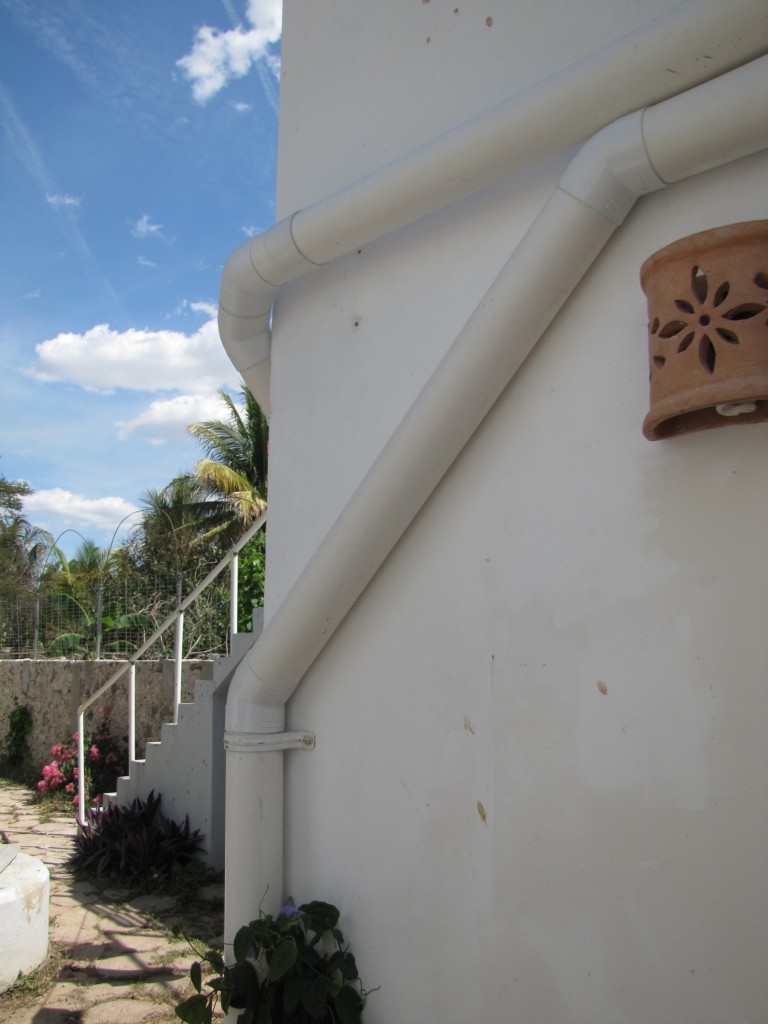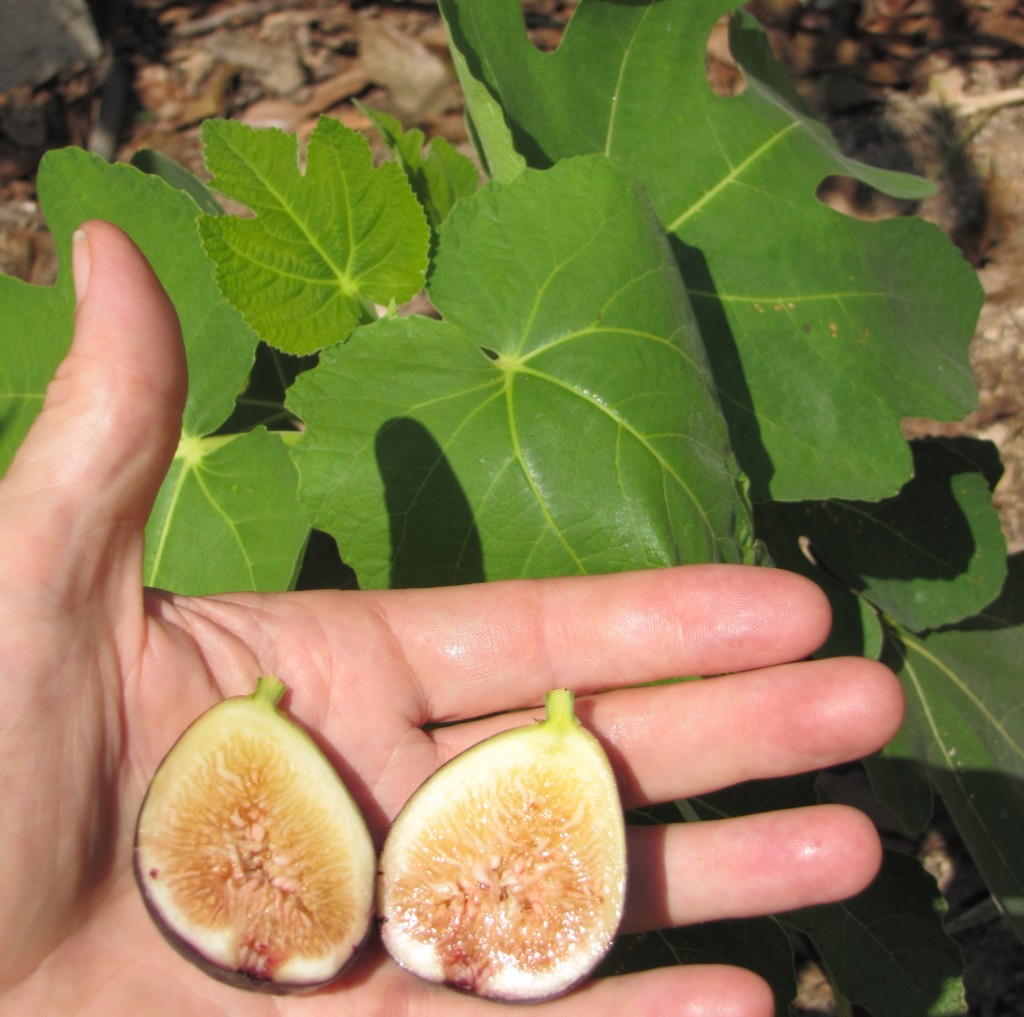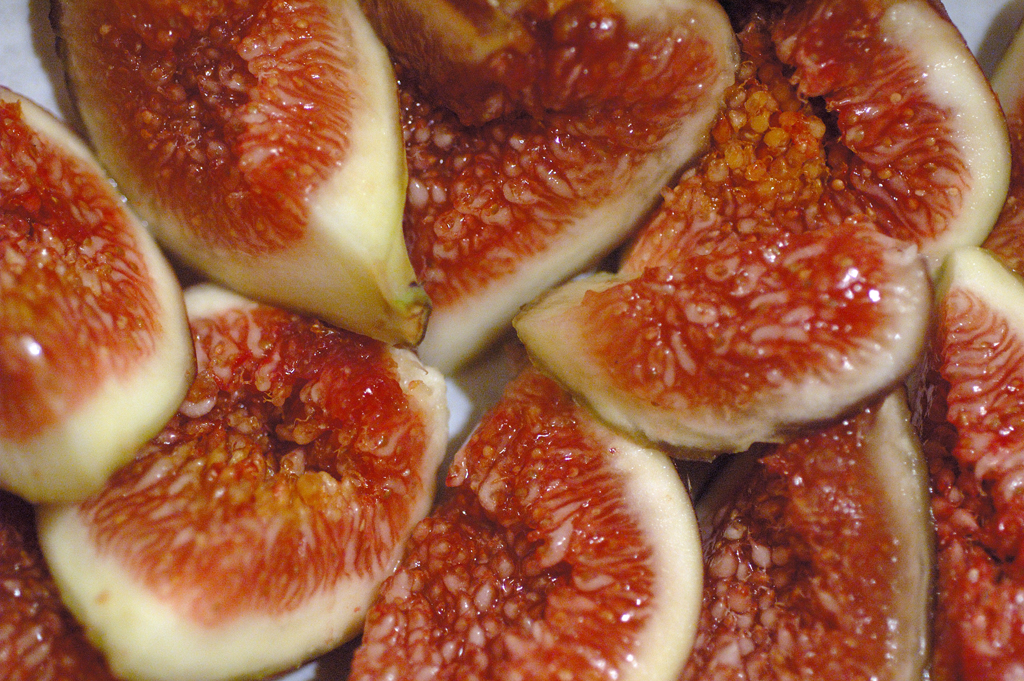Nice Snake!
This poem [by my friend, Godfrey John] is spun from the authentic experience of a little girl in South Africa.
Slowly and with no mistake
the giant snake is inching up
the veranda where the five-year-old
sits, joyfully sloshing her cereal.
As if planned and without noise,
the boa constrictor guiltlessly
encircles the chair and the child in his coils.
He lets his eyes come close to hers.
“Nice snake!” she says, lifting
a spoonful of milk up to his mouth.
He feels excused. He sips the milk.
She lifts the spoon to her own lips.
His innocence coincides
with hers. Valued now, he waits.
She feeds him again with special care:
“One for you and one for me.”
Suddenly he dips his mouth
deep into the bowl. The child
taps his head with her spoon and laughs:
“Naughty, naughty! Wait your turn!”
The boa constrictor meekly places
his scaled face against her cheek.
Repentence is response to love.
Once again she lifts her spoon
full of light. His lips sip.
They take turns ‘til the bowl is empty.
Unhurriedly, then, he uncoils
and slides beneath the veranda steps.
We must demythologize.
Innocence cannot be earned:
innocence is immanent;
innocence is untouched
by guilt or hurt or old age.
Innocence
is a child with a snake and a bowl of cereal—
astonishing the day,
celebrating art.
†
From p.6 of the book COMPASSION WINS by my late friend and mentor, Godfrey John, of Toronto. I had the deep privilege of publishing his first volume, FIVE SEASONS: Selected Poems and Essays, in 1977.
Here’s a personal favorite from that earlier volume, p.151:
Fossil wave
